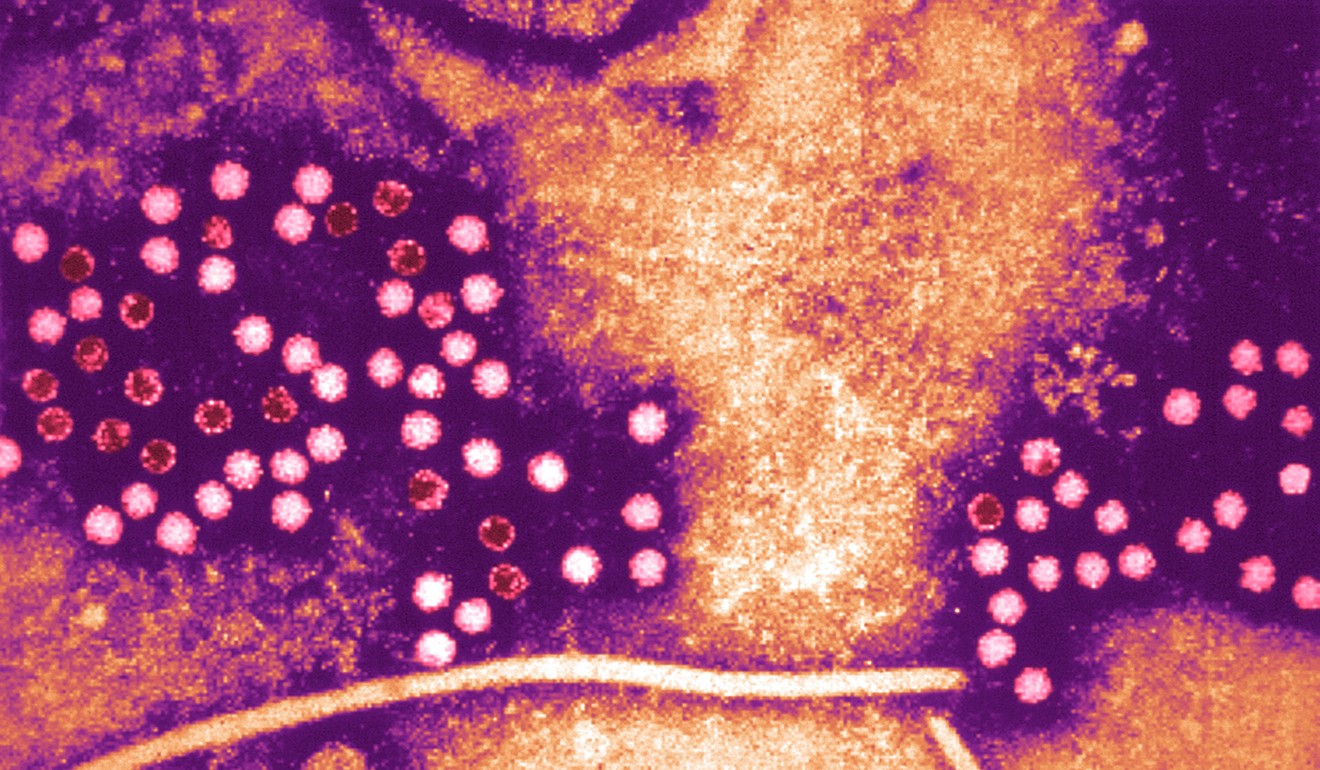
Canada reports world’s first case of rat-to-human hepatitis E infection outside Hong Kong
- Patient, a middle-aged Canadian man, had previously been to Africa
- HKU experts say latest infection highlights that even healthy adults can catch the rodent-borne disease
A case of rat-to-human hepatitis E infection has been documented in Canada, the first to be reported outside Hong Kong.
The case, concerning a middle-aged Canadian man who had visited Africa, highlighted that even healthy adults could be at risk of catching the rodent-borne disease, said Professor Yuen Kwok-yung, the University of Hong Kong’s top infectious diseases expert.
Yuen’s team revealed the world’s first two rat-to-human infections in Hong Kong last year. Both patients had weak immune systems, and one of them lived on a public housing estate with a rat problem.
The Canadian patient, who was otherwise healthy, was found to be carrying a strain of the hepatitis E virus that was “genetically distinct” from that discovered in the first Hong Kong patient.
“[The case shows that] even if you are healthy, with no immunosuppression, you can be very sick after having a rat hepatitis E infection,” said Yuen, who was not involved in the case in Canada.
Dr Siddharth Sridhar from HKU, who worked with Yuen on the Hong Kong cases, said he was surprised to see the findings in the latest report.
“My conclusion based on the previous two cases in Hong Kong was this infection more likely affected people with weak immune systems,” Sridhar said. “But this report showed that a normal patient who did not have a weak immunity could also be infected.”

Details of the findings were recently published online in the Journal of Infectious Diseases.
The hepatitis E virus is transmitted mainly through consumption of contaminated food and water. While the infection usually resolves without treatment, it can be a serious illness for those with weak immunity.
According to the report, the man, who was then 49, was admitted to a hospital in Halifax, Canada, in early April 2017 for severe acute hepatitis. He had symptoms such as hives and jaundice, and was later found to be carrying the rat hepatitis E virus.
The man did not have a history of major diseases except abnormal lipid levels in his blood.
Before his condition arose, he had been based at UN facilities in Gabon and the Democratic Republic of Congo between January and late March in 2017.
The patient said he had not had any contact with rats, rat droppings or live animals during his stay in Africa.
He had eaten at UN bases, his hotel and a local Indian restaurant. The report stated that only the UN bases would have had approved sanitary and cooking standards.
The researchers believed the man had been infected while working in the African countries.
“There is no direct evidence linking the patient to rats, hence a secondary route of transmission which remains unknown may be involved,” the report read, adding that further studies were needed to understand the mode of transmission of the virus in humans.
Yuen said the man may have become infected by eating food contaminated by rats.
Both HKU experts urged the public to take note of food and environmental hygiene, such as consuming meals that had been properly cooked.
Sridhar advised travellers to be careful about their food choices when in countries with poorer hygiene. For example, he said, avoid consumption of drinks with ice made with water from unknown sources, and do not drink tap water.

A spokeswoman for the Public Health Agency of Canada, which was involved in looking into the latest case, said the health risk of rat hepatitis to Canadians was considered low.
“Hepatitis E virus, including the human form, is not common in Canada,” she said in an email reply to the Post.
The world’s first case of rat-to-human hepatitis E was reported in late September last year, concerning a 56-year-old man living on Choi Wan Estate in Kowloon.
The infections proved that rat hepatitis E could jump to people, sparking concerns in the city over pest control.

